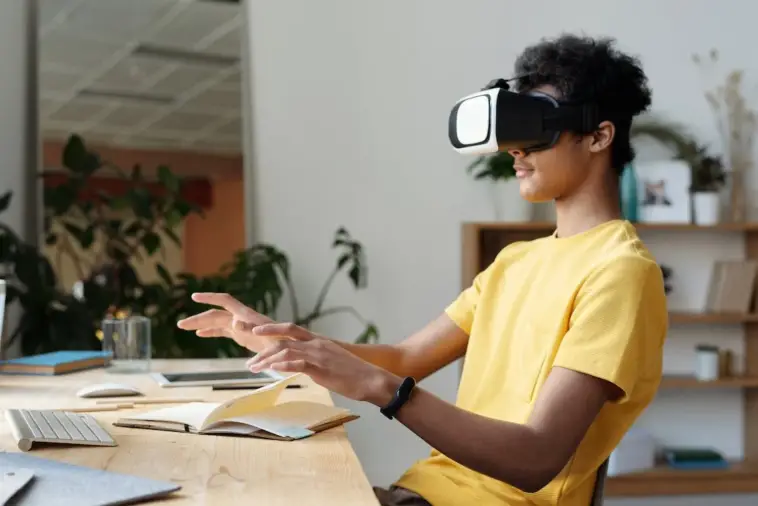In today’s world, the potential for tech innovations to create a better educational experience is immense. From mobile apps that keep track of student progress to virtual classrooms that enable students from around the world to collaborate on projects, technology can be used to make education more effective and engaging. In this article, we will take a look at 7 essential tips for parents that can help them take full advantage of tech innovations to create a better educational experience for their children.
1. Invest in the Right Technology
When it comes to education, investing in the right technology can make a world of difference. Having access to laptops, tablets, interactive whiteboards and other devices with up-to-date software provides students with an engaging way to learn.
And, it allows educators to easily supplement instruction with multimedia activities such as videos, articles, simulations, and more. Furthermore, it can also provide a platform for collaboration and communication with peers, allowing students to learn from each other as well.
2. Utilize Online Learning Platforms
Online learning platforms can be invaluable tools in modern education. These platforms offer access to online courses and materials, allowing students to explore a wide range of topics at their own pace. Additionally, there are landforms for kids and teens that offer interactive activities and games to help students learn. Moreover, such platforms can also provide access to virtual tutors who are available for real-time support when needed.
3. Use Technology to Access Educational Opportunities
If students can’t physically attend school, technology is the perfect way to access educational opportunities. With the rise of massive open online courses (MOOCs), students can take classes with prestigious universities for free or for a nominal fee. Online learning also allows students to take classes and learn at their own pace, and many MOOCs offer certificates upon completion of the course.
4. Leverage Technology to Develop New Skills
To leverage technology to develop new skills, educators can implement blended learning models that combine traditional classroom instruction with elements of online learning. Blended learning enables students to learn at their own pace and deepen knowledge in a specific area while still engaging in group work and meaningful classroom discussions.
With the help of tools like virtual reality, video conferencing, and online simulations, students can better understand complex concepts and be exposed to a variety of educational materials. Plus, educators can create personalized learning paths for each student based on their needs and abilities.
5. Utilize Social Networks for Education
Of course, many of us are already aware of the potential of social media to connect people from across the globe and facilitate collaboration. However, in recent years, a variety of tech innovations have emerged that take advantage of social networks for education. And, since social media platforms are so widely used, they make it easy for learners to tap into this educational potential.
For example, several distance learning programs now use social media to reach out to students and provide them with access to lectures, notes, and resources in an interactive way. Also, educators can use these platforms to create private or public groups to facilitate discussions and share course materials. This allows students to stay connected regardless of their geographical locations, making it easier for them to communicate with each other while learning.
6. Create a Home Environment That Encourages Tech-Savvy Behaviors
One way to ensure that students are staying up-to-date with the latest technological advances is to create an environment at home that supports tech-savvy behaviors. Parents can set aside time for their children to explore and learn about new technologies, as well as offer support in implementing them into everyday life. Setting ground rules for technology use is also important, such as limiting screen time and encouraging children to use technology for educational purposes.
7. Facilitate Interaction Between Schools, Teachers, and Learners
Lastly, the increasing use of technology can help facilitate better communication between schools, teachers, and learners. By utilizing modern tools such as messaging apps and video conferencing platforms, schools can easily connect with their students and teachers regardless of location or time zone. This is especially beneficial for international students who may have difficulty traveling to classes due to visa restrictions or other factors. With these tools, teachers can also share information quickly and easily with their students, whether it’s slides or lecture notes.
In the end, it is clear that technology has a huge potential when it comes to improving education. From online learning and virtual reality simulations to robots and artificial intelligence, the possibilities are nearly endless. Through these tech innovations, we can revolutionize how people learn and teach, creating an educational environment that is more stimulating, efficient, and engaging than ever before.
By harnessing the power of technology, we can ensure that the next generation is well-equipped to succeed in a rapidly changing world. The future of education lies in our hands – let’s make sure we give it the best possible start!




